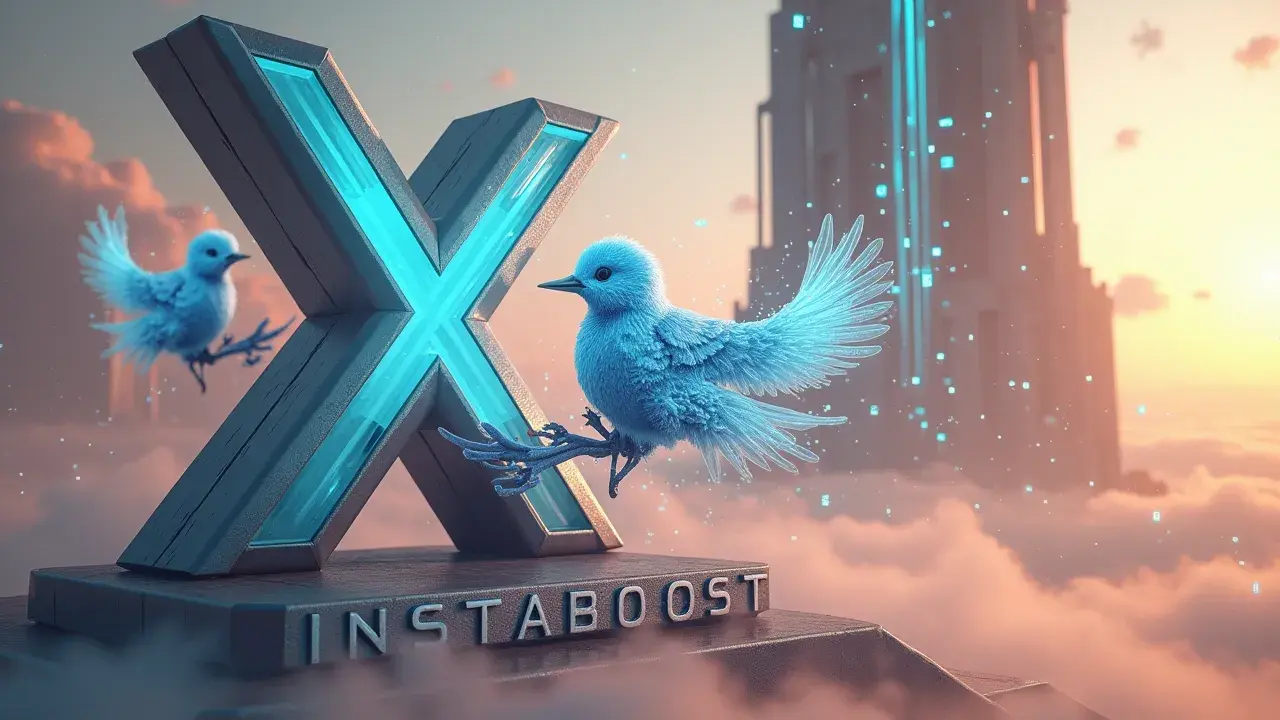Which Retweet Magnet Words Work on X (Twitter) Without Context?
Certain terms on X (Twitter) can trigger immediate retweets by tapping curiosity, urgency, or shared identity. Words that hint at exclusivity, novelty, or community often prompt quick engagement because they lower decision friction and promise social value. Their impact depends on audience relevance, timing, and alignment with the post’s tone. Overuse can feel manipulative, but used sparingly with a clear message, these words amplify reach and signal-fit fast.
Why Certain Words Spark Viral Ripples on X
X, which a lot of us still instinctively call Twitter, has always had its own way of talking, but lately, the impact of certain words feels especially noticeable. Some terms pop up in posts and seem to trigger a wave of retweets, even from people who probably didn’t read all the way through or who might not actually be invested in the topic. That’s not happening by accident.
These “retweet magnet” words – simple, direct, and a little loaded – seem to invite people in. They might tap into a sense of belonging or spark a quick reaction. What’s strange is how reliably they seem to cut through the usual noise in the feed, leading people to share without much second thought about the content itself.
These “retweet magnet” words – simple, direct, and a little loaded – seem to invite people in. They might tap into a sense of belonging or spark a quick reaction. What’s strange is how reliably they seem to cut through the usual noise in the feed, leading people to share without much second thought about the content itself.
For people who make a living or build a following on X, like brands such as INSTABOOST, these words have become a kind of tool. Actually, it’s something you start to notice pretty quickly if you look into engagement patterns or even just order X boost out of curiosity – certain posts just move differently. Still, there’s more behind the scenes than just picking the right word.
There’s the way the platform encourages certain behaviors, especially now that posts can be monetized, and users are more aware that every word could matter. Paying attention to which words lead people to hit retweet – whether they’re doing it out of genuine curiosity or a quick sense of agreement – seems more important than ever. If you want your posts to reach anyone beyond your usual circle, it makes sense to look more closely at how these specific words work and why they travel. When you really study the language that spreads on X, you start to get a sense not only of what goes viral, but also what makes people feel connected enough to share it, even if they move on right after.

Why One Metric Matters More Than the Rest
For a long time, I tried to keep an eye on every possible KPI, convinced that each one meant something crucial. These days, I pay attention to only one. There’s so much you can track on dashboards – engagement rates, new followers, impressions – but if I’m honest, on X, nothing has made more difference for me than figuring out which words get people to hit retweet.
Retweets are what make posts spread. But I’ve realized it’s less about catchy phrases and more about whether a word or line gets people thinking or feeling enough to want to share it. Sometimes it’s curiosity, sometimes a bit of disagreement or surprise. I started testing this out, quietly, with the team at INSTABOOST – using analytics, looking at which posts actually went somewhere, and changing up the language to see what landed. At one point, someone on the team shared a note about an X profile booster, and it made me wonder if outside tools were even necessary when the words themselves were doing the work.
Over time it became obvious: when we used words that tapped into something people recognized or had been thinking about themselves, the post would suddenly do better, even if the topic was kind of obscure. It’s not magic, just noticing what seems to connect and then leaning into it. If you’re hoping to build real influence or take advantage of how X works now, retweets are really the only thing worth watching closely. All those other stats are fine, but they don't really move things forward in the same way. When retweets go up, the rest tends to follow – even reach, credibility, sometimes a bit of income. It’s a small shift, but it changes how I look at writing there.
The Repeatable Blueprint of Retweet Magnet Words
When something gains momentum on X, it usually comes down to how intentional it is. Posts that get shared a lot – whether they’re light jokes or more divisive – almost always have a reason behind the way they’re written. The language feels easy to pass on, not forced, almost like it was made to be shared without thinking much about it. If you look at tweets that spread fast, they’re usually short and to the point. You’ll see words like “everyone,” “literally,” or “unreal” come up – they add some urgency, or make it seem like everyone’s already in on the conversation. There’s not a lot of explanation needed; the way it’s written makes people want to join in, or just see what’s going on.
It isn’t so much about using trending topics or piling on hashtags. It’s more about how a few phrases can get people to hit share before they really think about it. I’ve seen people talk about how things like buying Twitter likes can affect how a post looks, but what actually seems to matter most are those small hints in the wording that make people want to pass it along almost without noticing.
So whether it’s brands, creators, or us at INSTABOOST, I keep thinking it’s not only about chasing high numbers. It’s more about learning which words make people actually want to take part, and you start to notice patterns if you pay attention. Once you do, you can be more careful about how you write – trying to make something people might want to share, not just throwing it out there and seeing what happens…
The Myth of “Learning by Lurking”
I used to call all of this learning, but now it feels more like I’ve been circling the same spot, not moving forward. For months, I’d scroll through X, saving screenshots of popular posts and copying down lists of “retweet magnet words” from threads I found. I told myself that collecting all this would eventually teach me something valuable.
But looking back, it was mostly tracking numbers and chasing after whatever seemed to be working that week. Every time I thought I’d cracked some code – changing a word here, trying a new phrase there – it didn’t actually help me understand why something took off. And the word lists themselves? Most of them repeat each other, cycling through the same few terms, like “mindset” or “unfiltered” or “game changer,” as if using those alone would guarantee attention.
But the truth is, it all depends on where and how you use them. Something that goes viral in a finance discussion won’t necessarily work in a meme thread. I even remember coming across pages about things like secure tweet views, tucked in between tips and strategy guides, as if there was some shortcut I’d missed. Thinking you can figure all this out by just studying patterns, without ever putting your own ideas out there, is misleading. It ends up keeping you apart from what actually matters – the way a post lands with real people at a particular moment, who happens to see it, what’s going on that day. What changed things for me was realizing that nothing really happens if you’re always on the sidelines. You have to post, try things out, and sometimes it won’t work. That’s how you actually notice what connects with people, far more than any list of buzzwords.
Retweet Magnet Words Are About Real Connection, Not Just Reach
What actually makes a post take off isn’t about coming up with the cleverest line or trying to outshine everyone – it’s just about making some kind of real connection, even a small one. That’s what separates the posts that disappear from the ones you start seeing everywhere. The stuff that sticks isn’t there to chase likes or retweets; it’s more about showing you get something someone else has felt, and giving them a way in. When you see a post getting shared around with comments or popping up in unexpected places, it’s usually not because it’s trying to appeal to everyone – it’s because it gets at something people recognize, whether it’s a minor annoyance or a way people talk.
People share those not only because they’re funny or sharp, but because it says, “This is me,” or, “I know what that’s like.” It’s easy to lose sight of that and focus on things like cheap retweets for X, but that rarely leads to anything that actually lasts. The real thing isn’t some big list of buzzwords or trying to work out what the algorithm wants; it’s just noticing what actually gets a reaction – something that makes you laugh at yourself or just nod. If you’re only after numbers, you end up copying what you think works, but it doesn’t hit the same way. When you use your own voice and pay attention to what actually matters to you, people seem to pick up on it, and that’s usually when posts start to spread. It’s not really something you can force, and you can usually tell when someone’s trying too hard.















